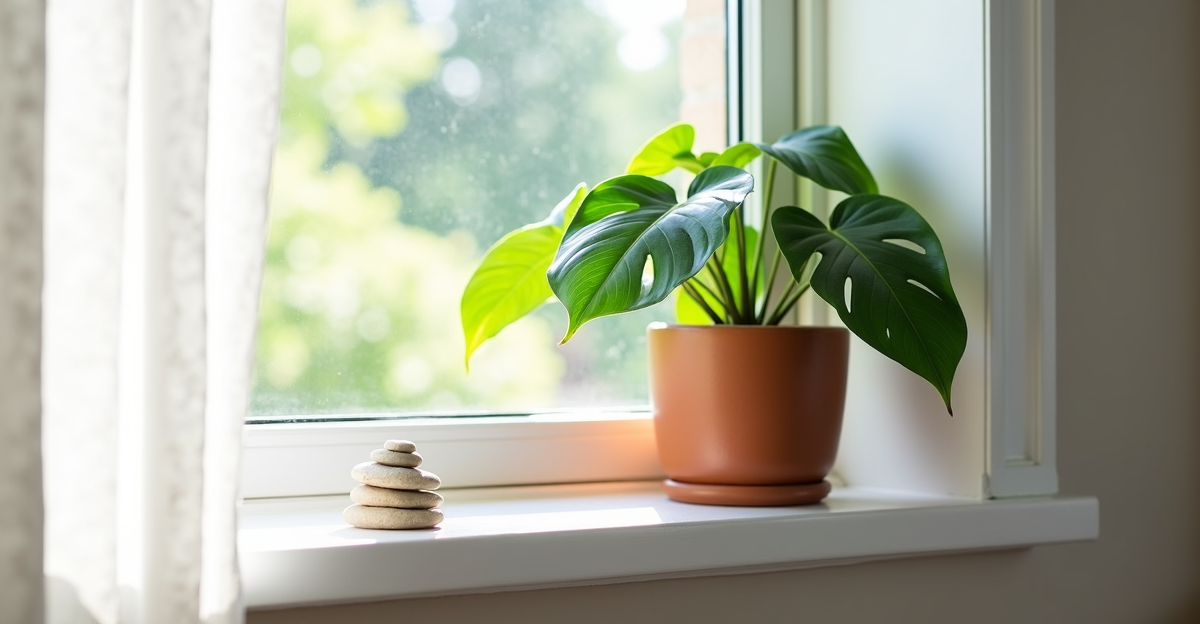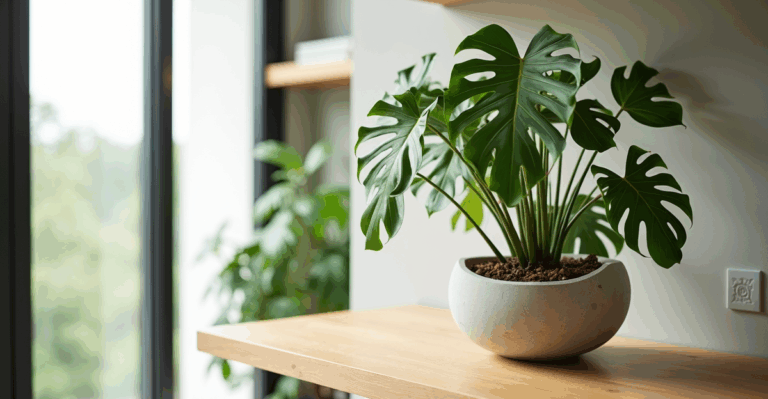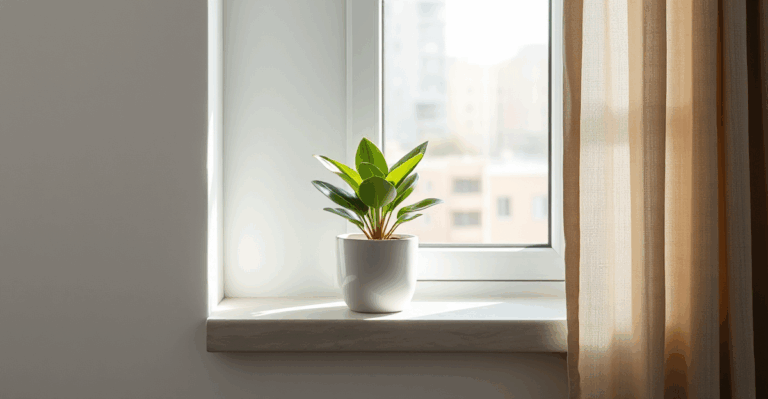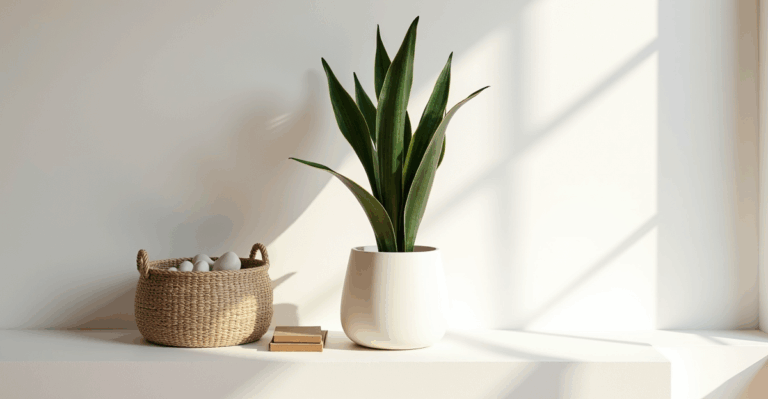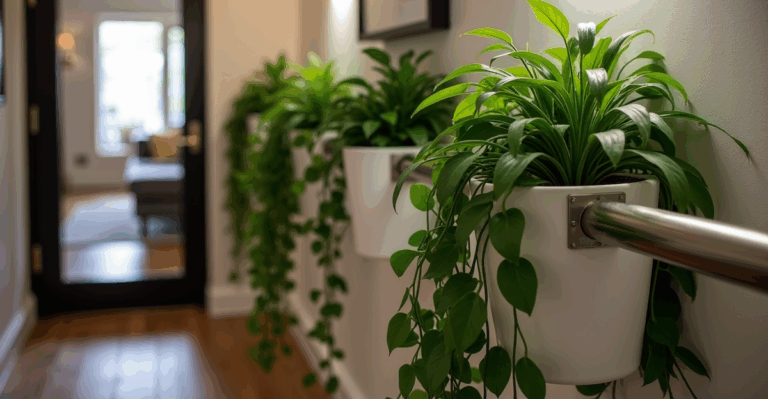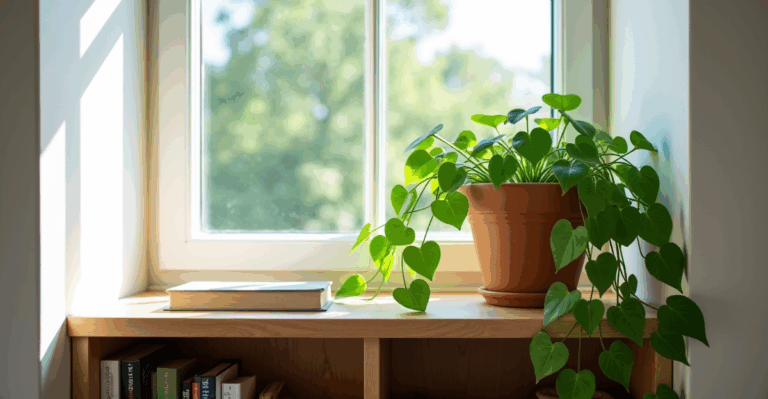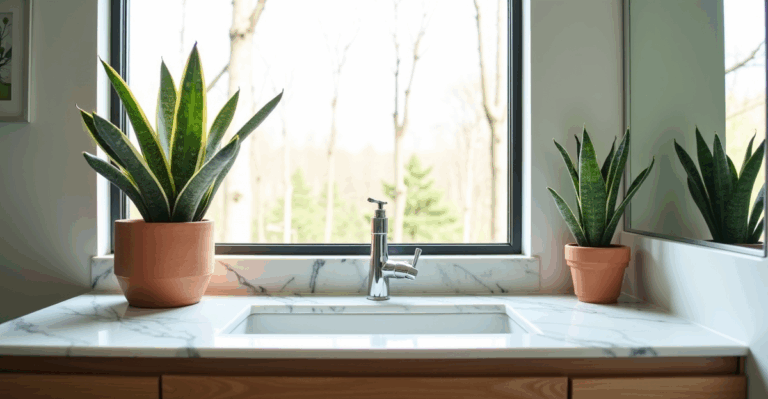Your North-Facing Window is a Philodendron Dream (We’ll Show You How to Make It Shine)
You know that narrow window ledge beside your bed? The one that feels too small for anything but a dusty book? Or the one in your home office that gets shadowed by a tall bookshelf all day? That’s the perfect spot for a Philodendron. North-facing light is gentle, consistent, and often overlooked – but it’s exactly what these heart-shaped-leaved friends thrive on. We’ve all made the mistake of shoving a sun-loving snake plant into a dark corner, only to watch it wilt. But Philodendrons? They’re the quiet winners of low-light living. They don’t demand a suntrap; they breathe in that soft, diffused glow. And the best part? You don’t need a sprawling windowsill to make it beautiful. In fact, small spaces can be more magical with the right approach.
Forget the myth that north light is “too dark.” It’s simply different from the harsh, direct sun of south or west windows. Philodendrons adapt brilliantly here – they won’t scorch, they’ll grow steadily (just a bit slower than in brighter spots), and their leaves will develop that beautiful, deep green hue they’re known for. The real challenge isn’t the light; it’s making the most of the limited space and avoiding common pitfalls like overwatering in low-light conditions, where soil stays damp far longer. We’ve seen so many plants droop because their owners were watering on the same schedule as they did for a sunroom succulent. It’s a classic case of mismatched care for a specific spot.
Here’s how we approach styling a north-facing window with Philodendrons, focusing on tiny footprint solutions that work with your space, not against it:
Forget “Bright Indirect” – It’s About Your Light Reality
Most guides say “bright indirect light” for Philodendrons. But for north windows, that means consistently soft, diffused light, not direct sun. Place your plant within 3-5 feet of the window, not tucked behind a heavy curtain or deep in a dark room. If you’re using a sheer curtain (great for diffusing even more), keep it light and moveable. The key is patience with placement. Don’t force it into a spot that gets no light, but also don’t push it right against the glass where it might feel colder. We’ve had amazing success with Philodendrons on north window sills next to the window, not in the window, letting the light bounce gently off walls or nearby surfaces. It’s not about chasing a mythical “perfect spot” – it’s about working with what your specific north window actually delivers.
Watering: Less is Actually More (Especially in Low Light)
This is where most beginners trip up. In low light, Philodendrons grow slower and use far less water. Watering on a fixed schedule (like “every 7 days”) is a recipe for root rot. The only reliable method? Check the soil. Stick your finger in: if the top 2-3 inches feel dry (not just the surface), it’s time. For a north window, this might mean waiting 10-14 days in winter or even longer in humid climates. If your pot is deep or made of non-porous material (like some ceramic), it might hold moisture longer – so check deeper. A simple trick: place a small, clear plastic tray under the pot (not in the pot!) to catch runoff. This lets you see if you’ve watered enough without getting the soil too wet. We learned this the hard way with a Philodendron in a heavy planter – it sat in a puddle for days before we noticed. Now? We always check the soil depth, especially for north window plants.
Planters Matter: Lightweight, Functional, and Stylish (No Heavy Clay!)
This is where your tiny footprint really comes into play. Heavy clay pots are classic, but they trap moisture and are a nightmare to move on a narrow ledge. Plastic or lightweight terracotta can work, but they often look out of place or feel flimsy. That’s why we’ve been obsessed with 3D-printed planters for north window displays. They’re light (no more struggling to rearrange your plant after watering), designed with subtle textures and shapes that complement modern decor (think organic curves or minimalist lines), and crucially, they have built-in drainage that fits perfectly with your window ledge’s space. No need for bulky cachepots – just slip a sleek 3D planter into your narrow space, add a tiny decorative tray if you like, and it just works. The weight difference is noticeable when you’re adjusting plants on a tight ledge – it makes styling feel effortless, not like a chore.
Style It Small: Layers, Textures, and the Power of One
You don’t need a whole shelf to create a stunning display. Start with one Philodendron on your narrow window ledge. Choose a compact variety like Philodendron hederaceum (Heartleaf) or Philodendron cordatum (Sweetheart). Place it so it cascades just a little over the edge of the window ledge – the gentle fall of the vine is the perfect focal point for a small space. Add a single small, smooth stone or a tiny, textured succulent (like a Haworthia) in the same 3D planter for contrast – but keep it minimal. The goal is one beautiful plant, not a crowded mess. If you have space for two plants, use a small, low shelf mounted just beyond the window ledge (not blocking the light) for a second plant, or drape a vine over a picture frame mounted slightly above the window. The key is negative space – a clean, uncluttered look makes the small display feel intentional and calm, not cramped.
Edge Cases & Honest Trade-Offs
- Winter Dryness? North windows often get cold drafts in winter, and heaters dry the air. If your Philodendron starts losing leaves or developing brown tips, it’s likely low humidity (not underwatering). Move it slightly away from the cold glass (but still within light reach), and try a small humidifier nearby – or just group it with other plants to create a microclimate. Trade-off: Moving it away from the glass might mean slightly less light, but the humidity boost usually outweighs that.
- LECA/PON Transition? If you’re using a semi-hydro setup (LECA), north light is ideal for the slower growth phase. But be extra careful not to overwater – LECA holds moisture differently than soil. Water only when the pebbles feel dry at the surface. Trade-off: LECA can be more expensive and requires specific care, but it’s a great way to manage moisture without guesswork in low light.
- Pests? Philodendrons in low light are less prone to pests (like spider mites) than in high light, but they can still happen. If you see tiny webs or speckling, wipe leaves with a damp cloth and check the soil. Trade-off: Don’t panic and use harsh chemicals – the plant is already stressed by low light; a gentle wipe is often enough.
Why This Works: It’s About Your Space, Not a Perfect Photo
We’ve styled countless north-facing windows for our customers. The biggest win? Seeing a plant thrive in a spot people thought was “useless.” It’s not about having a perfect, sun-drenched window – it’s about recognizing the quiet, reliable light your north window provides and working with it. The tiny footprint approach means you can have a lush, healthy plant without sacrificing your room’s flow or needing a huge investment. It’s practical, beautiful, and feels deeply personal.
Key Takeaways:
* Place your Philodendron within your north window’s light zone (3-5 feet from glass), not in total shadow.
* Always check soil moisture (top 2-3 inches dry) before watering – low light = less water.
* Choose lightweight, functional planters (like 3D-printed ones) to maximize small spaces and avoid heavy, moisture-trapping pots.
That north-facing window isn’t a limitation – it’s a quiet, reliable spot for a Philodendron to grow strong and beautiful, right where you need it. It’s the perfect example of working with your space, not fighting it. And when you’re ready to grow your setup with a planter that actually fits the space and makes styling feel effortless, you’ll find beautiful, functional options—explore our 3D-printed planters.

